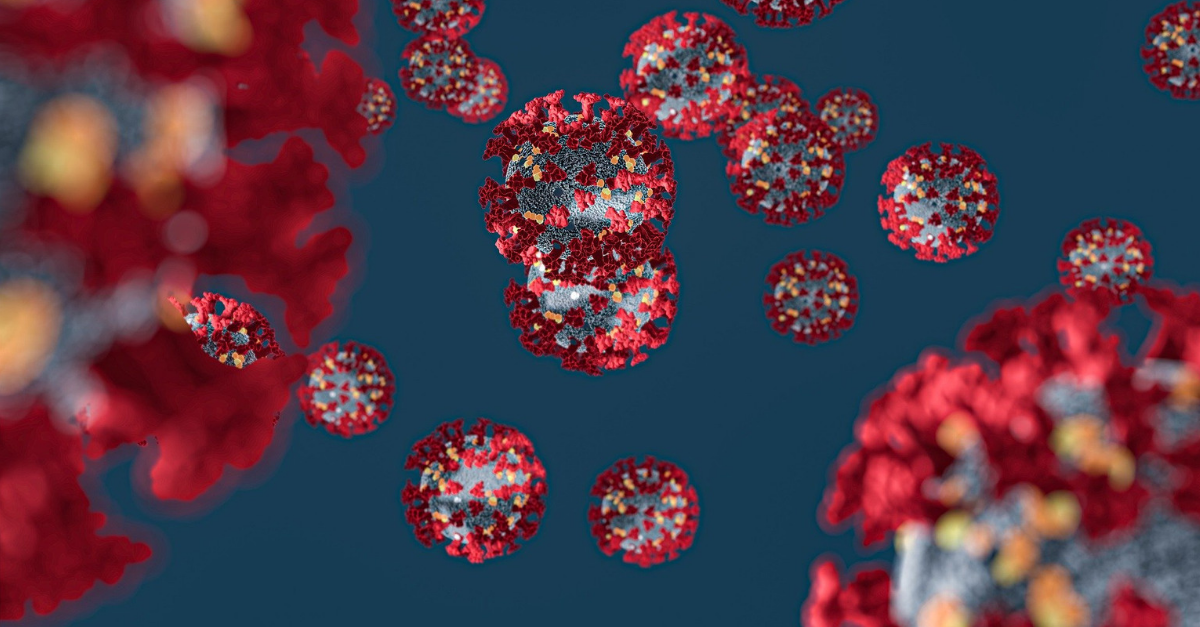Viral Inequality
By Robert Muggah and Ian Goldin
Published in the Project Syndicate
Far from merely reflecting an unequal distribution of economic means, rising inequality comes with a broad range of additional toxic side effects, many of which the COVID-19 pandemic has thrown into sharp relief. With the pandemic transforming life around the world before our eyes, this is a problem that can no longer be ignored.
LONDON – Not everyone experiences pandemics in the same way. A tiny sliver of the world’s population has access to high-quality health care should they succumb to infection. Most of those performing low-paying shift work or agricultural jobs do not. People suffering from chronic disease such as obesity, diabetes, or cancer – including roughly 60% of American adults and a rising proportion of their African, Asian, and Latin American counterparts – are more at risk of dying than those who are younger and healthier.
The COVID-19 pandemic is serving as a stark reminder of the many inequalities that exist between and within countries. While virtually everyone will suffer from the disease – including wealthier people who picked up the coronavirus while travelling – the poor will be the most affected. Hundreds of millions of people are at risk of severe illness in low-income countries, most of which lack the economic resources and medical infrastructure to fight back against the virus. No part of the world will be more in need of support than Africa, South Asia, and Latin America
Read more



